Sir (apologies in advanced for a post full of mistakes and rushed in content. I have just meant to reply for a few days now and have not had time. So I thought a fast and chaotic and poorly written response would be better than nothing at all. If you finish reading this blog and feel three minutes of your life have been gobbled up by utter junk, then I apologise... next time I shall realise that silence is better than noise.... too much coffee :)
In answer to your questions. Firstly, yes that picture is the Acteon one I referred to.
In terms of the humour. Its strange. Recently I have been thinking a lot about how I want the tragedy and drama and melancholy in my works to be underpinned by a humour touch. I think it provides a more humane, rounded and less suffocating narrative. We only need to look to Ovid and Shakespeare to realise how well the two relate. If I could ever capture the tragedy and humour that Shakespeare captures in one single line I would die happy.
So I have been searching for ways to incorporate thjese kinds of touches, but I dont know if I was aware of it when I constructed this particular sketch. Although as I made it the humour did seem to emerge. I suppose this is a positive way to work, less forced... about decisions made during the process... not totally premeditated and therefore literal.
In terms of space I was thinking of two things. Firstly I liked the notion of having tiny figures at the bottom of a vertical painting. i felt like it would give then sxcene an epic and sublime feel.
Within this vertical, though, the figures play across a thin horiztonal strip. So hopefully that can generate the narrative movement from left to right; his flight, his past and future. Those who enter stage and those who leave.
I can't want to start it and let loose on the upper half. I am still in search of an empty space as sublime, as moving as that in David's 'Death of Marat'. For me that is this one of the high points in a spiritual, poetic use of space in figure painting (from the works i know of course). It beats Freidrich (sp) hands down and looks forward to Rothko. I am keen to move back towards this kind of point, yet with the reinsertion of figures, whereby a dialgue is created between the empty space adn the figure... between something and nothing, between figuration and abstraction. And on and on... waffling now.
Loved the post of the figure in contemporary painting. i am stealing that as part of my lecture in a few week on representation in images today. I want to look at the difference between narrative adn allegory, between specific characters adn more generalised figures. I think this is something particularly relevant to figurative artists today... sitting on that boundary between specifics adn metaphysics seems to be what this postmodern malarky is all about.
To detach ourselves from that notion, however, it is interesting to go back to the 'masters' and realise how there has always been a play between specific narratives and more generalised philsophical embodiments. It is just perhaps the boundaries are less clear than ever now.
Our Artwork
Subscribe to:
Post Comments (Atom)

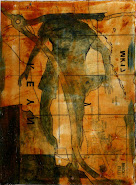
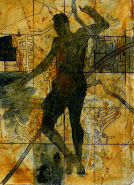
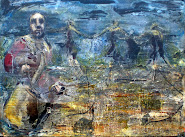
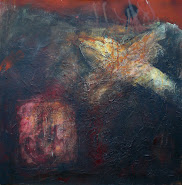
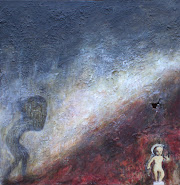
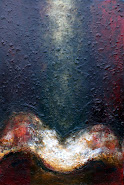
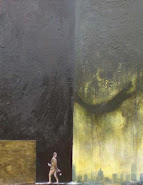
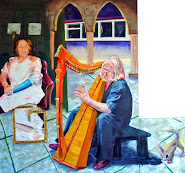

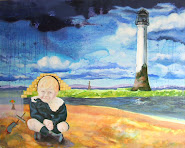
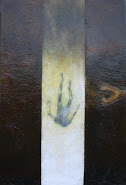

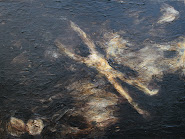

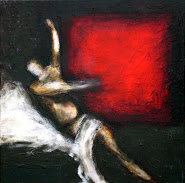
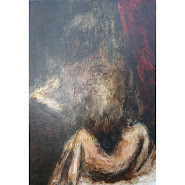
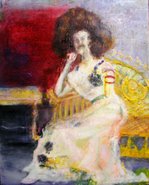
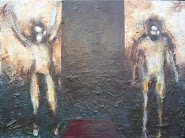

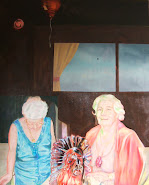
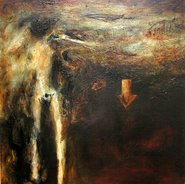
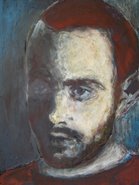
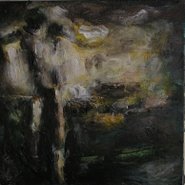
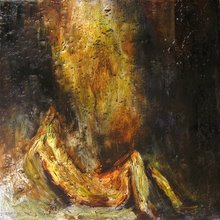
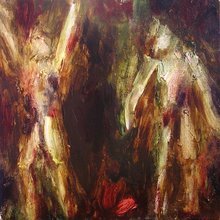
No comments:
Post a Comment